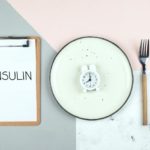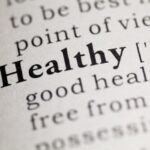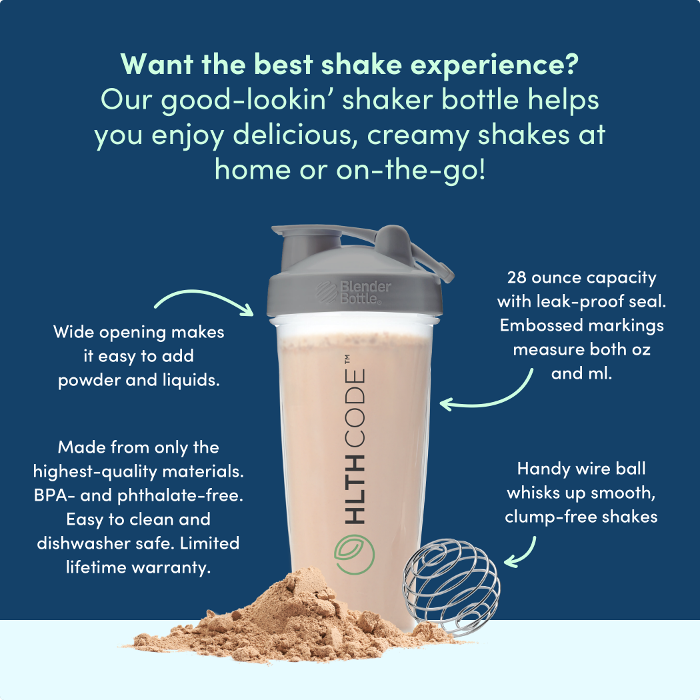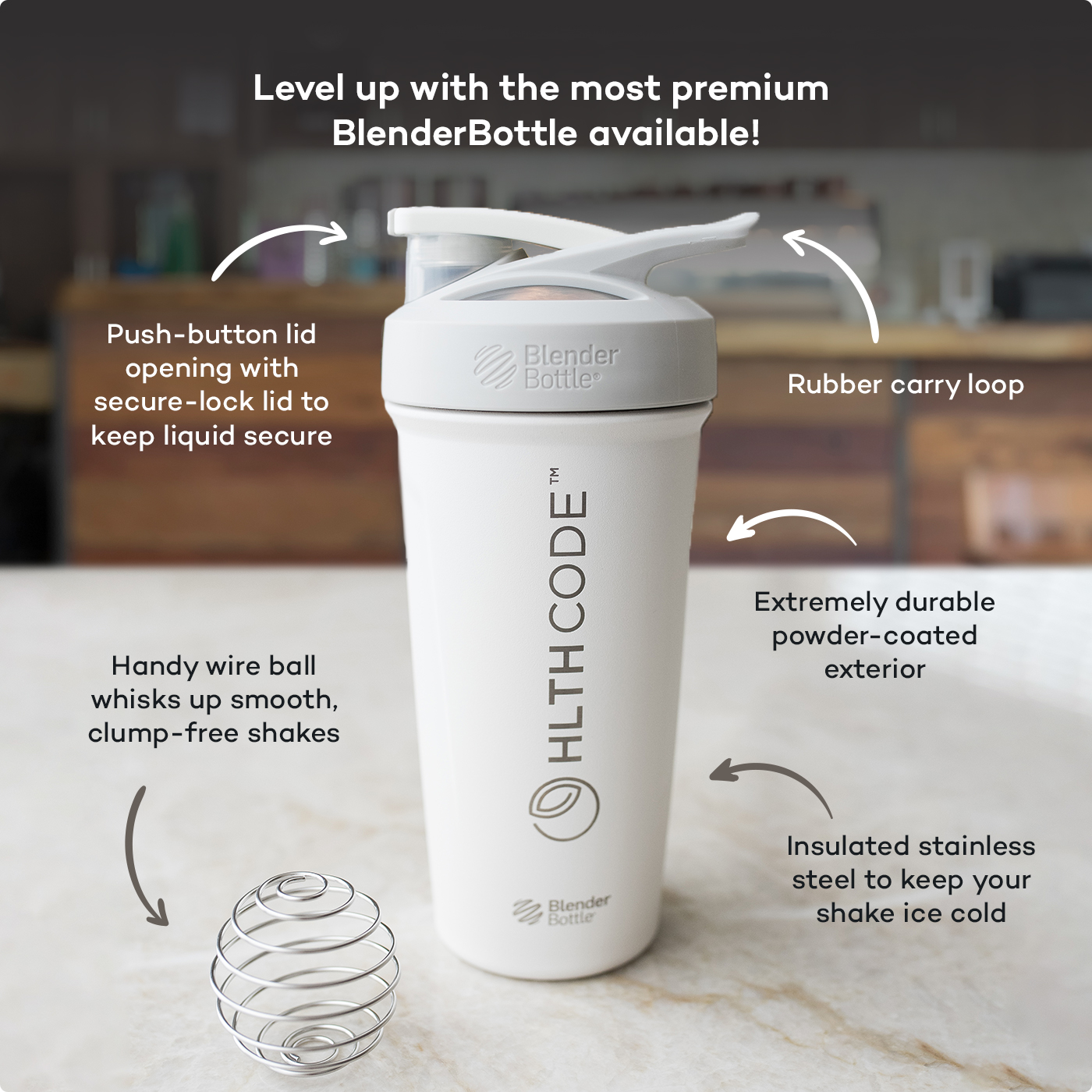What Microplastics Do to Your Health
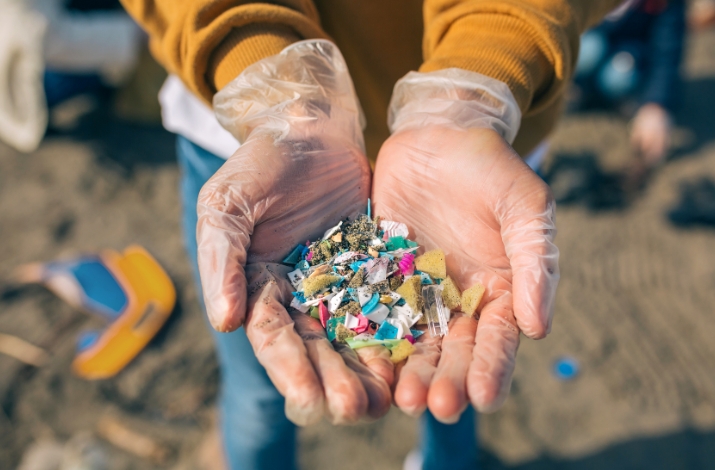
Microplastics have rapidly emerged as a pressing environmental and health concern. Tiny particles of plastic, these materials are found almost everywhere in the world—from the depths of our oceans to the food on our plates. Despite their miniscule size, the potential impact of microplastics on human health, particularly on metabolic health, is garnering increasing attention for very important reasons.
What Are Microplastics?
Microplastics are plastic particles smaller than 5 millimeters, often divided into two categories: primary and secondary microplastics. Primary microplastics are intentionally manufactured in tiny forms, such as microbeads found in personal care products, while secondary microplastics result from the breakdown of larger plastic items, such as bottles, bags, and fishing nets, through natural processes like UV radiation, wind, and ocean currents [1].
Where Are Microplastics Found?
Microplastics have been found across nearly every ecosystem on Earth. They are present in soil, air, and water systems and have even been identified in remote regions like the Arctic ice [2]. In urban areas, microplastics are more densely concentrated due to waste management issues, runoff, and urban dust. Oceans and waterways, however, are the largest reservoirs of microplastics due to the vast amounts of plastic waste dumped there. As plastics break down over time, these particles can be ingested by marine life and eventually make their way up the food chain to humans [3].
Microplastics in Food
Numerous studies have shown that microplastics are now a regular feature in our food supply. They have been detected in seafood, salt, honey, and even water [4]. Notably, shellfish and fish tend to have higher concentrations because of their filter-feeding habits or proximity to polluted waters. Researchers found that a single meal of mussels could contain up to 90 microplastic particles [5]. Tap water, bottled water, and even air can also carry microplastic particles, suggesting that it’s challenging to avoid exposure completely.
Prevalence of Microplastics in Our Environment
The sheer volume of plastic production—approximately 380 million tons annually—has resulted in widespread environmental pollution [6]. As a result, microplastics are ubiquitous, and their accumulation is projected to increase, given the slow degradation rate of plastic. Studies indicate that microplastics can remain in ecosystems for centuries, continually accumulating and breaking down into smaller fragments over time. The prevalence of microplastics has even led some scientists to consider it a new geological marker, dubbing it the “Plasticene era” [7].
How Microplastics Affect Health
The health risks associated with microplastics stem from both the physical presence of these particles in the body and the toxic chemicals they carry. Studies have shown that microplastics can enter the bloodstream and potentially cross cell membranes, allowing them to accumulate in organs like the liver, kidneys, and even the brain [8].
Microplastics and Metabolic Health
While research is still emerging, several studies have linked microplastic exposure to metabolic disturbances, especially insulin resistance and inflammation, which are precursors to metabolic syndrome [9]. In animal studies, microplastic exposure has been found to disrupt glucose metabolism, suggesting potential implications for humans [10]. Chemicals commonly found in plastics, like phthalates and bisphenol A (BPA), are known endocrine disruptors. These chemicals can interfere with hormone regulation, potentially leading to insulin resistance and increasing the risk of type 2 diabetes [11].
Toxicity of Additives in Microplastics
Microplastics often contain harmful additives such as phthalates, BPA, and heavy metals, which can leach into the body upon ingestion or inhalation [12]. These chemicals have been shown to interfere with hormones involved in energy regulation, fat storage, and blood glucose control, indicating a possible link between microplastics and obesity and type 2 diabetes [13]. For instance, a study published in Endocrinology found that BPA exposure led to an increase in insulin resistance and changes in pancreatic function, both of which are critical factors in metabolic health [14].
Minimizing Microplastic Exposure
While eliminating exposure to microplastics entirely may be unrealistic, there are strategies to reduce intake and limit health risks.
- Reduce Single-Use Plastics
Opt for reusable containers made from stainless steel, glass, or other non-plastic materials for food storage. Avoiding single-use plastic items, such as water bottles, is one of the most effective ways to reduce exposure. - Filter Drinking Water
Studies show that bottled water can contain twice as many microplastics as tap water [15]. Filtering tap water using devices equipped with activated carbon filters can help reduce microplastic content [16]. - Limit Seafood Consumption
While seafood is nutritious, certain types contain higher levels of microplastics. Opting for fish and shellfish that are less likely to contain microplastics, like wild-caught salmon or sardines, may reduce exposure. - Ventilate Your Home
Microplastics are not only ingested but also inhaled. Regularly ventilating your home and using HEPA filters in vacuums and air purifiers can minimize indoor airborne microplastics [17]. - Choose Personal Care Products Wisely
Avoid products with microbeads, which are commonly found in exfoliating scrubs and toothpastes. Reading labels and opting for natural or biodegradable exfoliants can help reduce microplastic waste.
Steps to Offset Microplastic Exposure
Despite taking precautions, some exposure to microplastics is inevitable. However, certain practices may help the body manage or eliminate these particles and their associated toxins.
- Increase Fiber Intake
Dietary fiber can aid in the excretion of toxins and microplastics through fecal matter. Including a variety of fiber-rich foods like fruits (berries are especially good) and vegetables in your diet may help expedite the removal of microplastics from the gastrointestinal tract [18]. - Support Antioxidant Defense
Antioxidants help the body combat oxidative stress, which may be elevated by microplastic exposure. Consuming antioxidant-rich foods like berries, nuts, and leafy greens may help mitigate the cellular damage caused by microplastics [19]. - Stay Hydrated
Drinking enough water supports kidney function, which is essential for flushing toxins out of the body. Proper hydration helps maintain overall metabolic function, supporting organs like the liver that are involved in detoxification [20]. - Limit Processed Foods
Processed foods may be more likely to contain microplastics. Reducing processed food intake in favor of whole, minimally packaged foods can limit microplastic ingestion and improve overall health [21]. - Exercise Regularly
Physical activity supports lymphatic circulation, an essential pathway for detoxifying the body. Regular exercise can help in expelling toxins, supporting the body’s natural ability to detoxify harmful chemicals [22].
Conclusion
Microplastics represent a significant environmental and public health concern, with widespread prevalence and potential risks to metabolic health. While more research is needed to fully understand the long-term effects of microplastics, current evidence suggests that they may disrupt metabolic processes, among other health risks. By taking steps to minimize exposure and supporting the body’s natural detoxification processes, individuals can reduce the potential impact of microplastics on their health.
References
- Thompson, R. C., et al. (2004). Lost at sea: where is all the plastic? Science, 304(5672), 838.
- Bergmann, M., et al. (2017). High quantities of microplastic in Arctic deep-sea sediments from the HAUSGARTEN observatory. Environmental Science & Technology, 51(19), 11000-11010.
- Cole, M., et al. (2013). Microplastic ingestion by zooplankton. Environmental Science & Technology, 47(12), 6646-6655.
- Liebezeit, G., & Liebezeit, E. (2013). Non-pollen particulates in honey and sugar. Food Additives & Contaminants: Part A, 30(12), 2136-2140.
- Van Cauwenberghe, L., & Janssen, C. R. (2014). Microplastics in bivalves cultured for human consumption. Environmental Pollution, 193, 65-70.
- Geyer, R., Jambeck, J. R., & Law, K. L. (2017). Production, use, and fate of all plastics ever made. Science Advances, 3(7), e1700782.
- Zalasiewicz, J., et al. (2016). The geological cycle of plastics and their use as a stratigraphic indicator of the Anthropocene. Anthropocene, 13, 4-17.
- Wright, S. L., & Kelly, F. J. (2017). Plastic and human health: A micro issue? Environmental Science & Technology, 51(12), 6634-6647.
- Hou, B., et al. (2021). Metabolic effects of microplastics and potential implications on human health. Environmental International, 151, 106439.
- Lu, L., et al. (2018). Interaction of microplastics and microorganisms: ecological consequences and potential effects on soil carbon cycling. Science of the Total Environment, 634, 1435-1441.
- Rochester, J. R. (2013). Bisphenol A and human health: A review of the literature. Reproductive Toxicology, 42, 132-155.
- Teuten, E. L., et al. (2009). Transport and release of chemicals from plastics to the environment and to wildlife. Philosophical Transactions of the Royal Society B: Biological Sciences, 364(1526), 2027-2045.
- Trasande, L. (2017). Exploring the health effects of endocrine disruptors in the context of metabolic disorders. Nature Reviews Endocrinology, 13(1), 53-60.
- Alonso-Magdalena, P., et al. (2011). Bisphenol A exposure during pregnancy disrupts glucose homeostasis in mothers and adult male offspring. Environmental Health Perspectives, 119(4), 447-452.
- Schymanski, D., et al. (2018). Analysis of microplastics in water by micro-Raman spectroscopy: Release of plastic particles from different packaging. Water Research, 129, 154-162.
- Kosuth, M., et al. (2018). Anthropogenic contamination of tap water, beer, and sea salt. PLOS ONE, 13(4), e0194970.
- Dris, R., et al. (2017). A first overview of textile fibers, including microplastics, in indoor and outdoor environments. Environmental Pollution, 221, 453-458.
- Alomar, C., et al. (2016). Microplastic ingestion by Mullus surmuletus from the W Mediterranean and implications for human health. Marine Pollution Bulletin, 102(1), 124-127.
- Li, J., et al. (2020). The impact of microplastic pollution on individual and population health and mitigation strategies. Journal of Hazardous Materials, 390, 121698.
- Verbeke, F., et al. (2018). Impact of microplastics on gut microbiota and immune system of mammals: A preliminary review. Environmental International, 124, 98-104.
- Smith, M., et al. (2018). Microplastics in seafood and the implications for human health. Current Environmental Health Reports, 5(3), 375-386.
- Bhattacharya, P., et al. (2020). The impact of physical exercise on microplastic exposure and human health. Journal of Environmental Health Science and Engineering, 18(2), 601-610.
This article is for informational and educational purposes only. It is not, nor is it intended to be substitute for professional medical advice, diagnosis, or treatment and should never be relied upon for specific medical advice.



